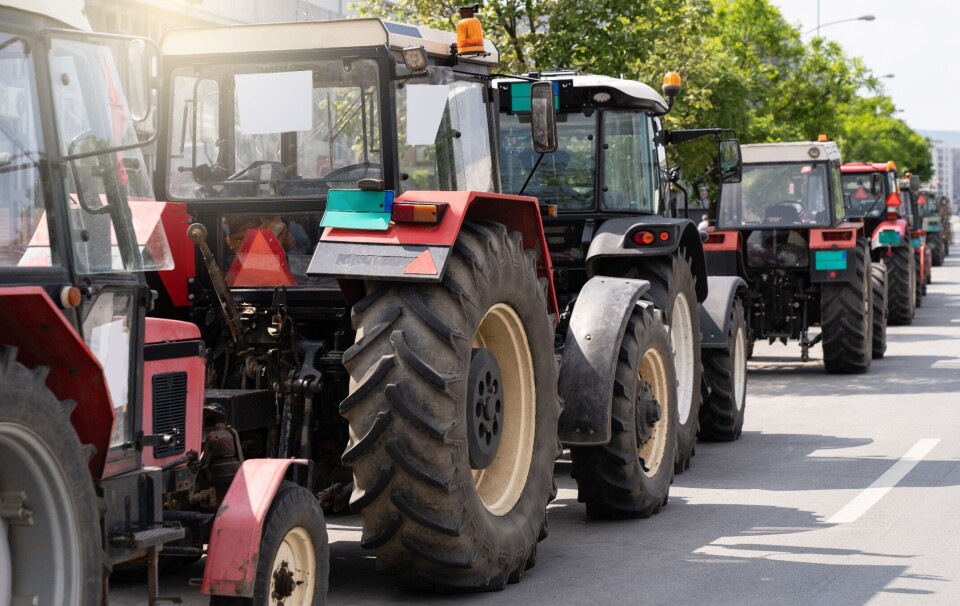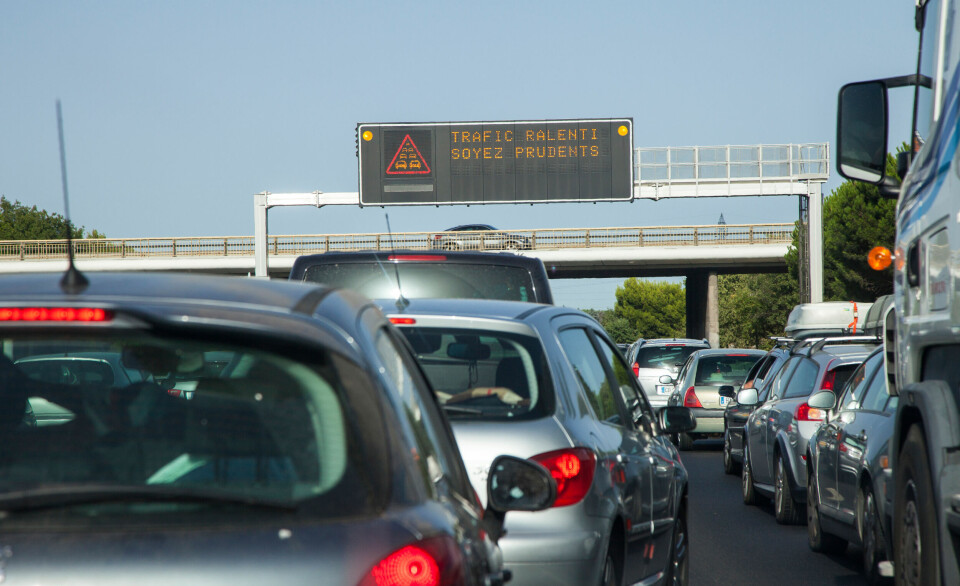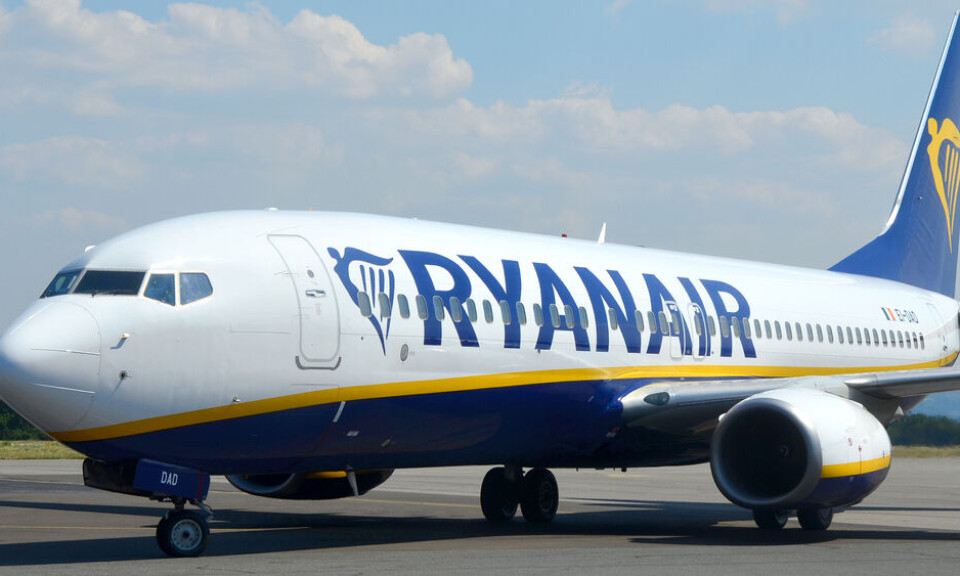-
Cold Christmas in France, but little chance of snow
High-pressure system will move into France from north-east at the start of next week
-
British ‘Puppet Master’ conman in French jail wins phones back on appeal
Robert Hendy-Freegard was given a six-year sentence after hitting two gendarmes with his car
-
Alleged British hacker in jail in France offers to help with police data breach
Recent attack targeted police files
Calls for compulsory helmets on French ski pistes following death
There are also calls for piste colour allocation to be re-examined on a case by case basis

The death of actor Gaspard Ulliel as a result of a ski accident this week has prompted politicians and ski professionals to call for helmets to be made obligatory on the slopes.
Read more:Tributes flood in for French actor Gaspard Ulliel after fatal accident
Jean-Marc Peillex, the La République en Marche mayor of the home of Mont Blanc, Saint-Gervais (Haute-Savoie), told Le Parisien that: “We must impose helmet-wearing” in order to reduce the risk of serious accidents.
“We should also reexamine on a case by case basis the dangerousness of different pistes and potentially reclassify their colours.”
The captain of the Mont-Dore (Puy-de-Dôme) Peloton de gendarmerie de montagne police force, Isabelle Chazal, has also commented: “Why not make helmets obligatory, just like seatbelts on the road?
“As a mountain rescue professional I would obviously be in favour of compulsory helmet-wearing.
“Beyond that it is a responsibility on the part of each person, especially as a helmet does not cost very much compared to its ability to save a life.”
However, when asked if helmets should be made compulsory for skiing – considering that they are in other European countries – during a press conference yesterday (January 20), government spokesperson Gabriel Attal said that it was “not the moment to begin a debate around the subject.”
When Mr Ulliel collided with another skier on Tuesday afternoon (January 18), he was not wearing a helmet, although the local public prosecutor said that this “would not necessarily have changed anything.”
Experts have also said that while helmets can help protect skiers from minor injuries, if the impact of a crash is very violent their usefulness is reduced. Some people may also associate wearing a helmet with a feeling of invincibility and choose to take more risks.
Helmet-wearing is not mandatory for anyone skiing in French resorts, although some ski schools do make sure that their pupils wear one.
A reported 97% of children under 12 do wear a helmet, but the Système national d’observation de la sécurité en montagne (SNOSM) mountain safety organisation notes that this percentage decreases as people get older.
Overall, the Canadian Medical Association Journal estimates that wearing a helmet reduces the risk of head injury by 35%.
Over 100,000 injuries caused each year
In the 2019-20 winter season, 110,791 accidents resulting in injuries such as broken bones occurred in France, according to figures published by Médecins de montagne.
This figure was lower than usual because of the abrupt end to the season caused by the beginning of the first Covid confinement.
Over previous years, the number of accidents involving injury had hovered between 130,000 and 160,000.
Around 10% of these accidents are caused by collisions between skiers, with more being a result of a fall involving only one person. Collisions are, however, at the origin of a quarter of head injuries, as was the case with Gaspard Ulliel.
Although most accidents occur on more difficult runs, The Ecole nationale des sports de montagne states that collisions are more frequent on blue pistes where there are lots of skiers about.
These runs are “skied by skiers of different levels and behaviour. Some more experienced skiers spot the opportunity to move straight down the slope to build up speed, others are building up their technical skills, with little control over their trajectory,” the Ecole said.
The most common type of injury involves joints such as the knee or shoulder, which occur in 15% of cases. Among 10 to 16-year-olds, broken wrists constitute more than half of reported injuries.
How common are serious injuries and death?
However, only around 5% of these incidents require an immediate transfer to hospital and only 0.1% of victims need to be transported by helicopter.
On average, around 10-15 people die while skiing or snowboarding each year if avalanches are not factored in, the SNOSM reports. Nearly half of these deaths are not due to collisions or accidents but to other factors such as heart attacks.
What are the rules in place on the slopes?
The Fédération française de ski details on its website a list of rules to observe while skiing or snowboarding.
- Respect others - Skiers should not act in a way which will put others in danger
- Control your speed and behaviour - Everyone must adapt their skiing to their own skill level and to piste conditions and skier traffic levels
- Control your direction of travel - Skiers who are further up the slope must plan a route which will ensure the safety of other skiers or snowboarders further down. If an accident occurs, responsibility will automatically lie with the skier who was approaching from behind
- Overtaking - You may overtake other skiers, but make sure that you leave enough room to allow for any unexpected movements by the other person
- Take care when joining a piste - When you join a piste partway down, or set off again from a stationary position, you should look in both directions to check that there is no one about to cross your path
- Stopping - All skiers should avoid stopping unnecessarily on pistes and in narrow sections of connecting runs. If they fall the skier must try to clear the way for other people as soon as possible
- Ascending and descending by foot - Anyone walking up or down must use only the edge of the piste and should not walk where people are skiing.
- Respect barriers and signage
- Assistance - In the case of a serious accident, everyone involved should seek help
- Identification - Any skier involved in an accident should inform assistance teams, even if it was not their fault
The federation adds that “collisions are often the consequence of excessive speed, of uncontrolled movements or of a lack of awareness of other people on the piste.
“Skiers must be able to stop, turn or change their trajectory by the furthest visible point on the slope.
“They must go slowly in busy areas and especially at the top and bottom of pistes, or around ski lifts.
“The priority is with the skier or snowboarder who went first. Those coming up behind another person must maintain a distance large enough to accommodate any changes in direction realised by the skier in front.”
These rules can be used by courts to determine the level of responsibility of parties involved in an accident.
Related articles
Man charged with manslaughter over ski crash which killed girl, five
French ski professional urges caution after girl, five, dies in crash
France reopens to UK tourists: Rules for adults and children
‘Happy and relieved’: French ski resorts prepare for British visitors
























